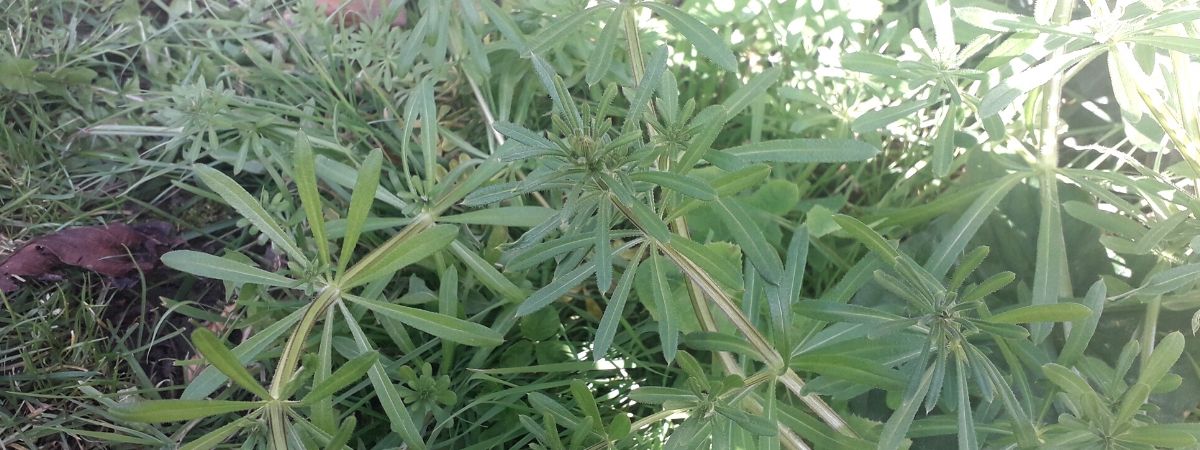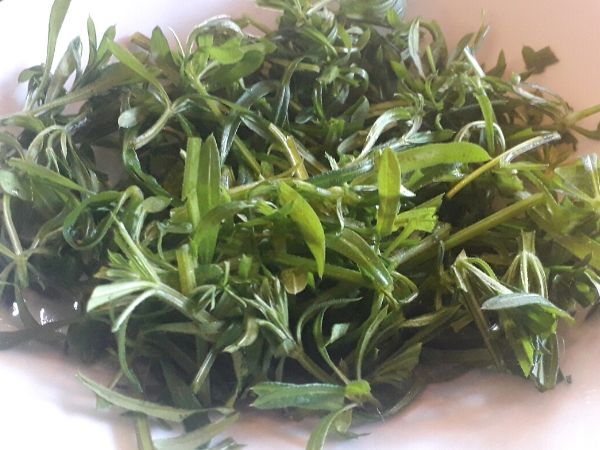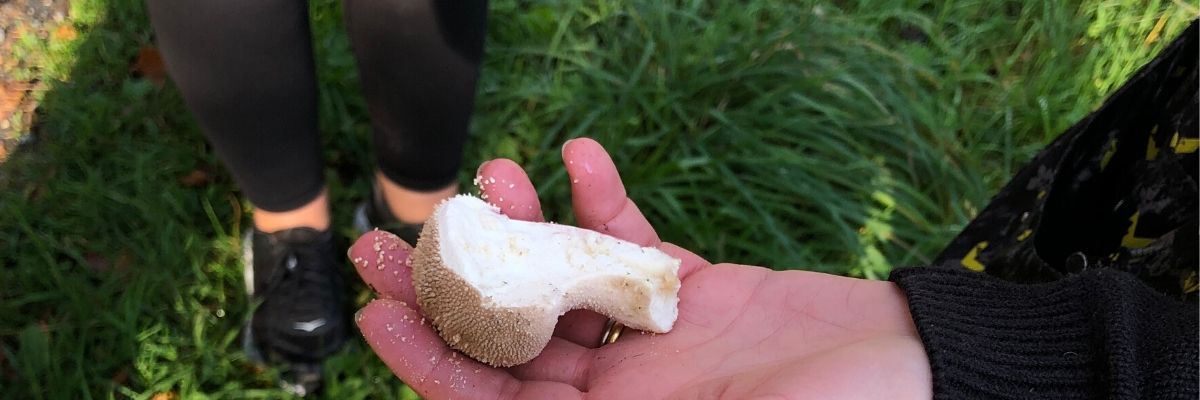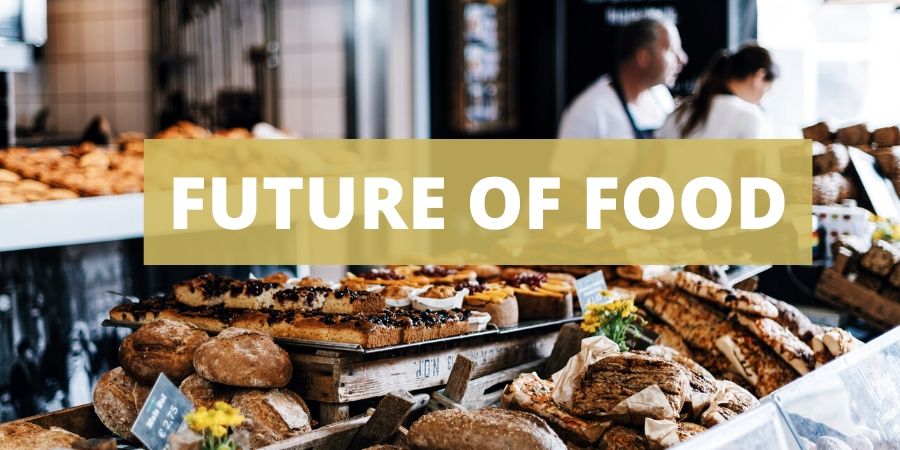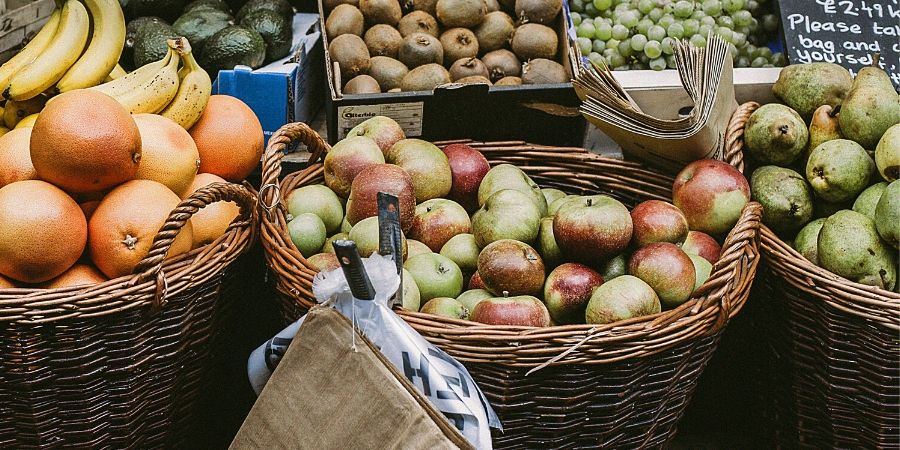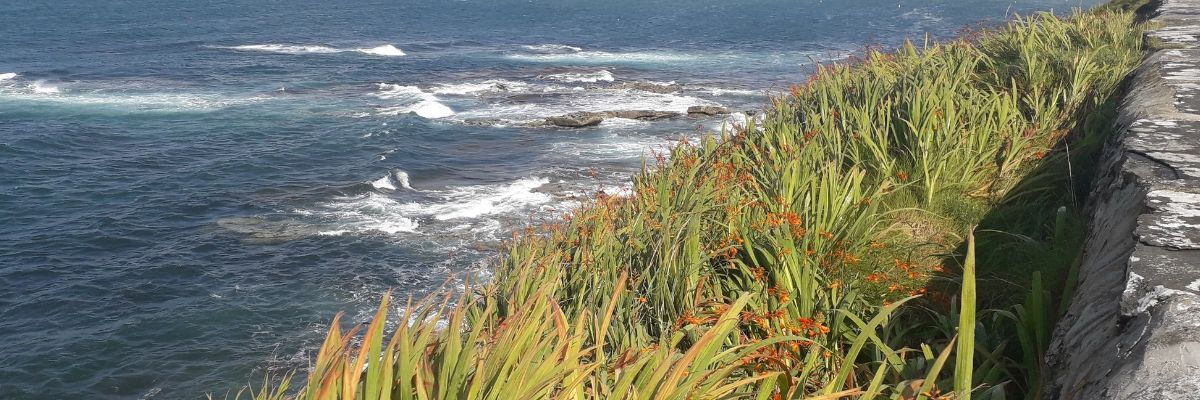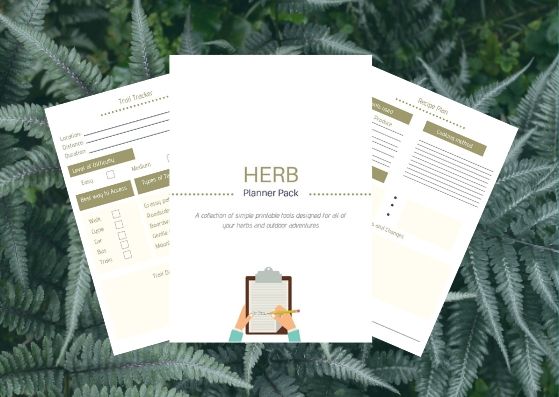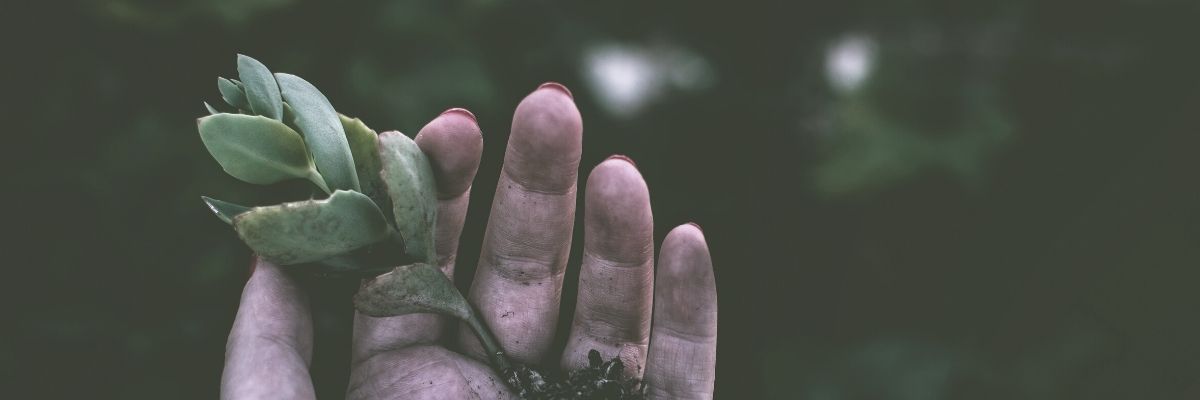Last week we had the pleasure of catching up with Health & Fitness Coach Padraig O’Dwyer who told us about his journey to a plant based diet.
How long have you been on a plant based diet?
I have always had an interest in food and fitness for lifestyle. At the age of 27 I went vegetarian. I was also training a lot at the time and I ended up getting very sick as I wasn’t getting the right nutrition. Only the basic vegetables were available to me at the time and I ended up expending more energy than I was putting into my body. I would cook, eat and get sick. The doctor recommended that I retrain myself to eat again and it felt natural to return to a meat based diet.
I came across Juice Plus in 1994 and this was a turning point for me. I started to learn about fruits and vegetables and read more about processed foods. First, I started using only meat from butchers, then less meat and more fish. I never lost the idea of going vegetarian. I went plant based 6 years ago.
However, I had done a lot of research. I remember watching “What the Health” and this was a turning point for me. I had to ask the question, how can I keep training and not make the same mistakes I had before?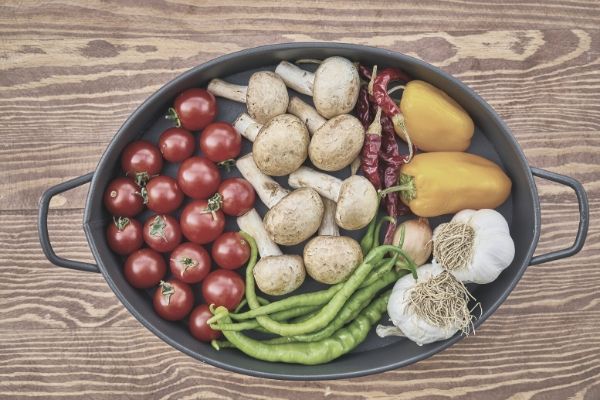
This is when I came across the Happy Pear. I started following them, replicating their meals. I was still eating fish and eggs but I was learning about alternatives.
We are all sold the idea that drinking milk leads to strong bones but the research clearly states that the more milk you have in your diet the most likely you are to suffer with Osteoporosis.
The China Story by Colm T Campbell is a brilliant book following over 30 years of research and shows that the whole idea of protein from meat is a myth.
What exactly is a plant based diet? Do we need to cut out fish?
It’s not a vegan diet. A lot of people are starting to replace processed food for more processed food. A plant based diet is based on real fruit, real vegetables, lentils, beans, all natural foods. For me, it doesn’t have to be organic. That is trying to reach perfection. And then there is the whole question of is organic actually organic to be considered. I eat all plants.
What was the hardest animal based food to give up?
Eggs was by far the hardest thing to give up. We got our eggs from a local farmer. Between the two of us we could eat 24 – 30 eggs a week. They were so versatile but after I did the research and learned more about the egg it was easier to stop eating them.
What would you say are the major benefits of being on a plant based diet?
Any decision for me is about recovery. That’s why I added Juice Plus to my diet. I went plant based for health reasons. Now at 59 years old I go our training at 5am in the morning and recover so quickly that I can do it everyday. I haven’t had a cold or a flu in 25 years. I sleep very well and for an auld guy I reckon I have okay skin (I can confirm Padraig has very smooth skin).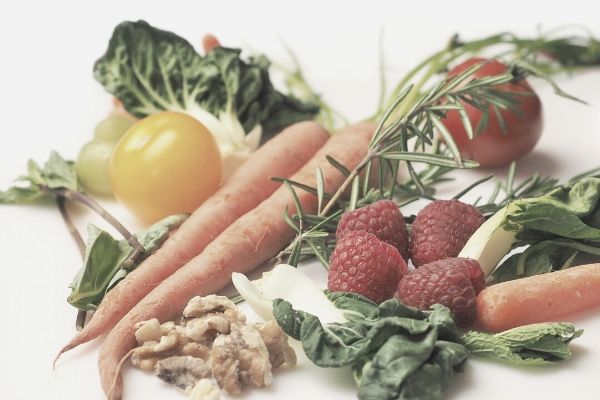
Training?
I like running, trail running and hill running. If anyone is just starting out I would recommend following some of Joe Wicks easy exercises. I recover so quickly after any training that it allows me to train every day.
What would you say to someone who is trying to cut out animal products but struggling?
Make simple changes, keep it simple. Eat 1 meatless meal per week. Consciously add vegetables to your plate and cut your portions of meat in half. Educate yourself about the health benefits. When you realise that you are not following a fad, but doing it for a reason. I want to live longer but with a good quality of life. You hear about many older people stuck in homes for the elderly and taking a lot of medication. I would prefer to avoid that if possible.
What is your opinion on restaurant offerings in terms of plant based options?
There is definitely more movement here. This year more than ever. With the influence of the younger generation. The only worry is that everyone starts to think that everything vegan is good for you which isn’t the case. It all comes down to reading the ingredients. If you see more than 5 ingredients this is usually a red flag for me. If you can’t understand the terminology on the back of a packed then it is probably put together by a scientist or lab. Instead, focus on fresh foods. If you need some help understanding check out Bosh.tv.
The impact of me changing is that Gabriella, my partner has changed and my daughter has changed. I do all of the booking at home. For the 4th Christmas in a row all of the people coming to our house for Christmas dinner will eat a plant based dinner on Christmas day.
Will it become boring once the food becomes familiar?
For me I have a list of 39 meals at home that we consider go-to recipes. Where as when we grew up it was probably a maximum of 10 dishes we would resort to.
What is your favourite plant based dish?
There’s a couple. I enjoy plant based Wellington. Chickpea curry was one of the first dishes I learned from the Happy Pear and it is everyone’s favourite at home. If you are looking for real comfort food, you can put it with mashed potatoes. I once went to a restaurant where the waitress came to the table and said I’m sorry but our risotto contains cream and I say bring it on.
“I’m not looking for perfection, I’m looking for progress”
What is your favourite sweet treat?
I am the wrong person to ask about desserts and I don’t really eat them but apple with dairy free ice-cream is a nice treat.
What’s in the future for Padraig?
My love has always been coaching people on fitness and health. I meet people where they are and ask them where they want to be. If somebody wants to ease themselves on to a plant based diet I am happy to help. I love it.
“Once we learn that we have been conditioned to think a certain way about food we have some choices to make”
If you want to look at independent, clinical research than Dr. Michael Gregor at nutritionfacts.org is a good place to start. Changing to a plant based diet isn’t a 6 – 8 week course. It’s a lifestyle choice and it’s not easy. I like to sit down and talk to a person for 45 minutes so that we get to know one another before we work together.
We would like to thank Padraig for his time and for answering all of our plant based questions. If you have a question regarding plant based eating or wild foods reach out to us anytime.


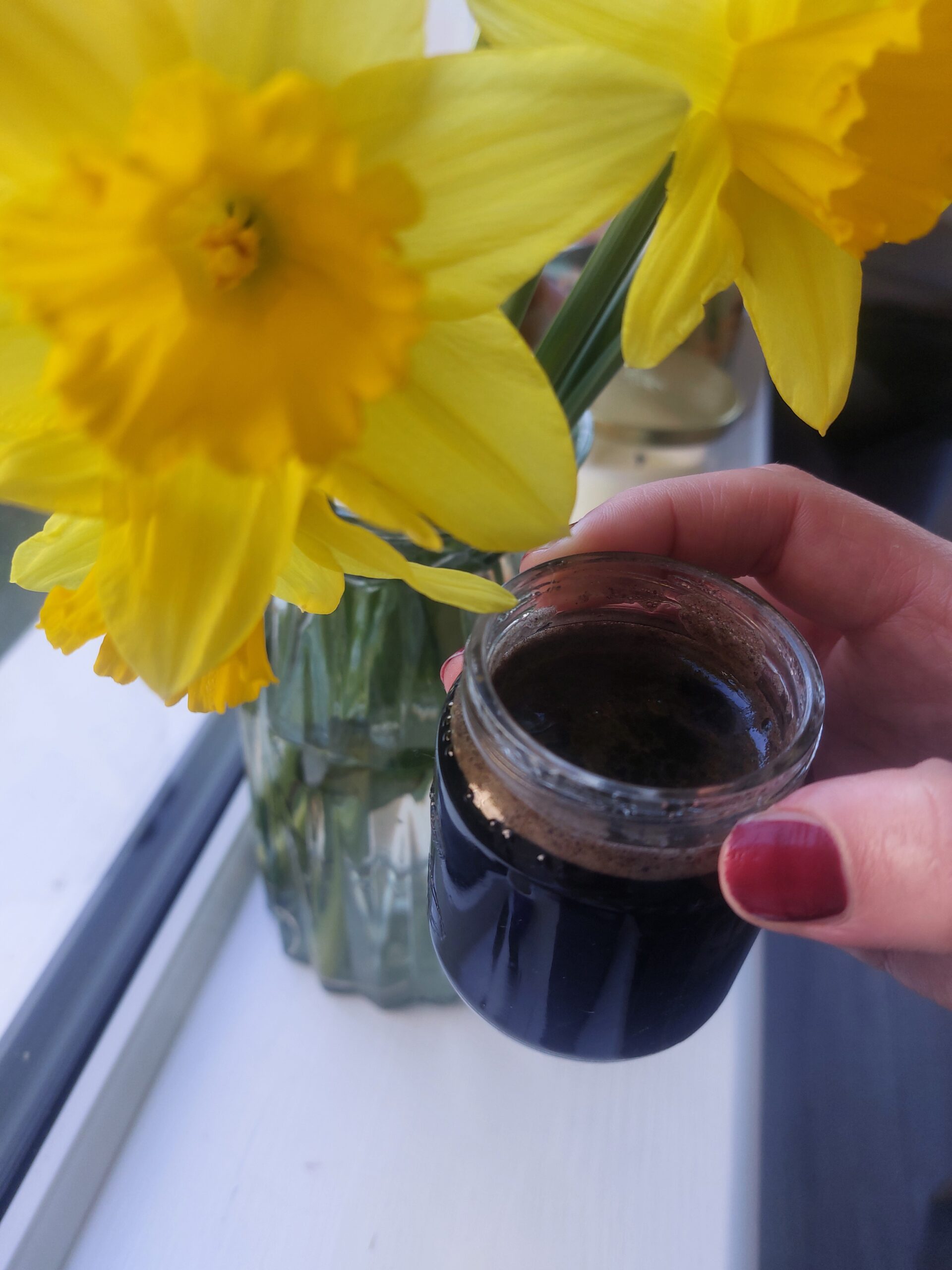
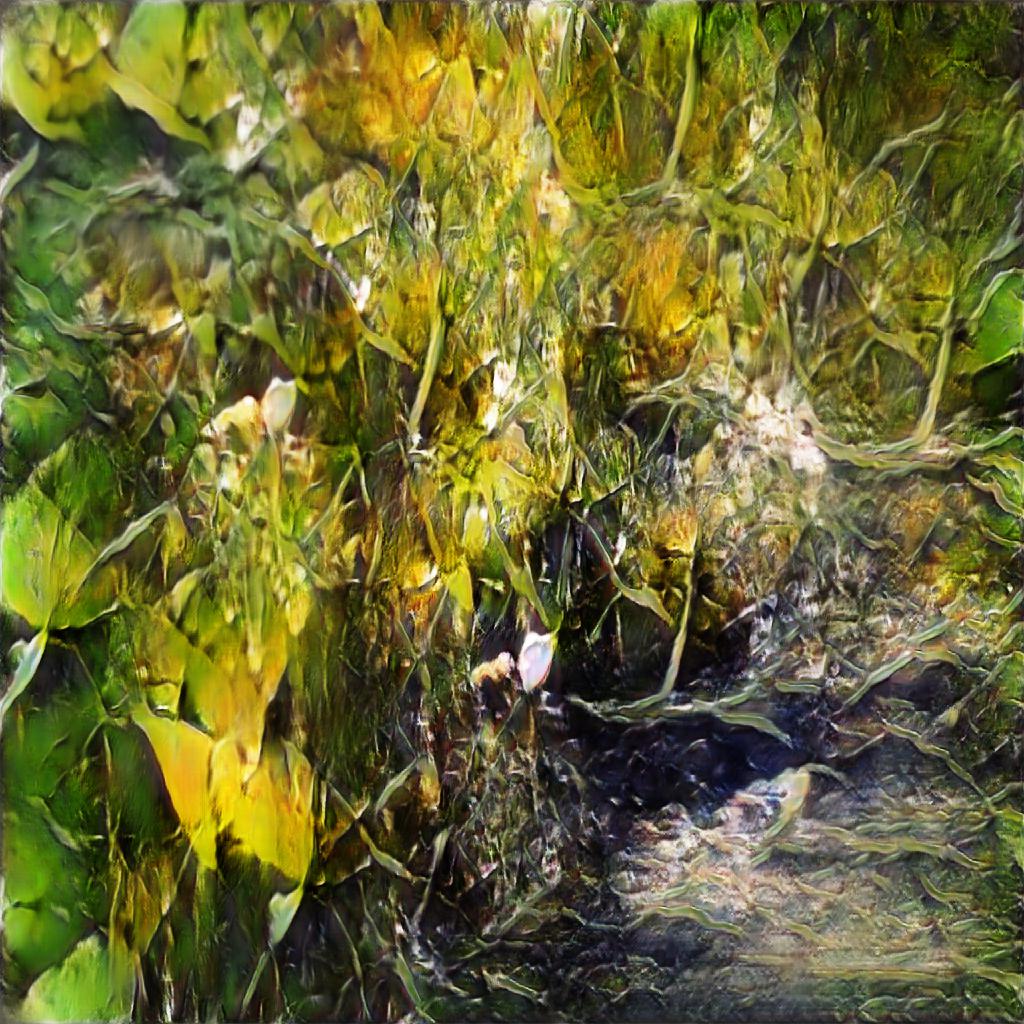

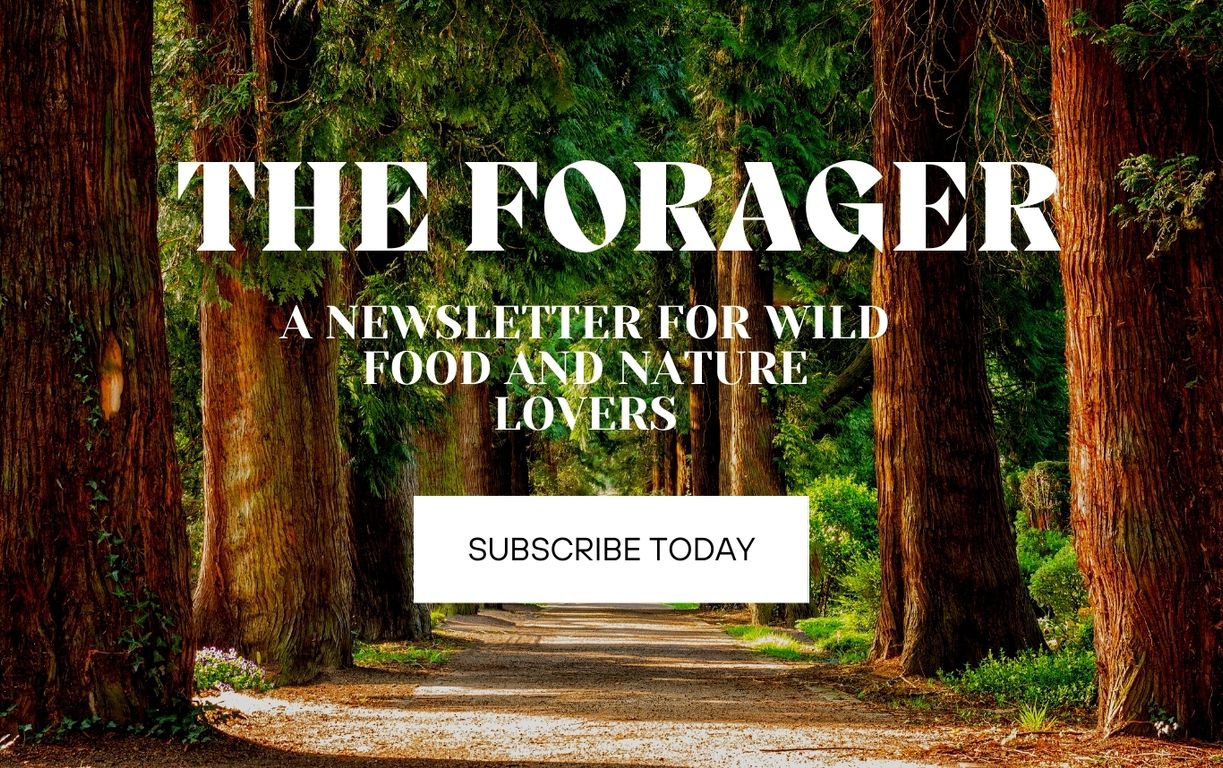
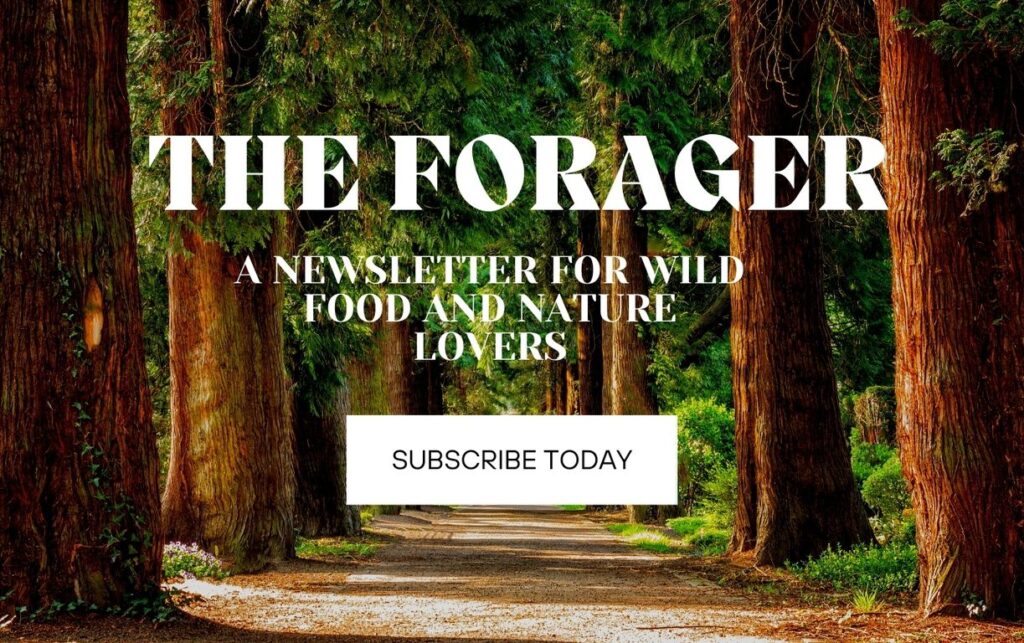
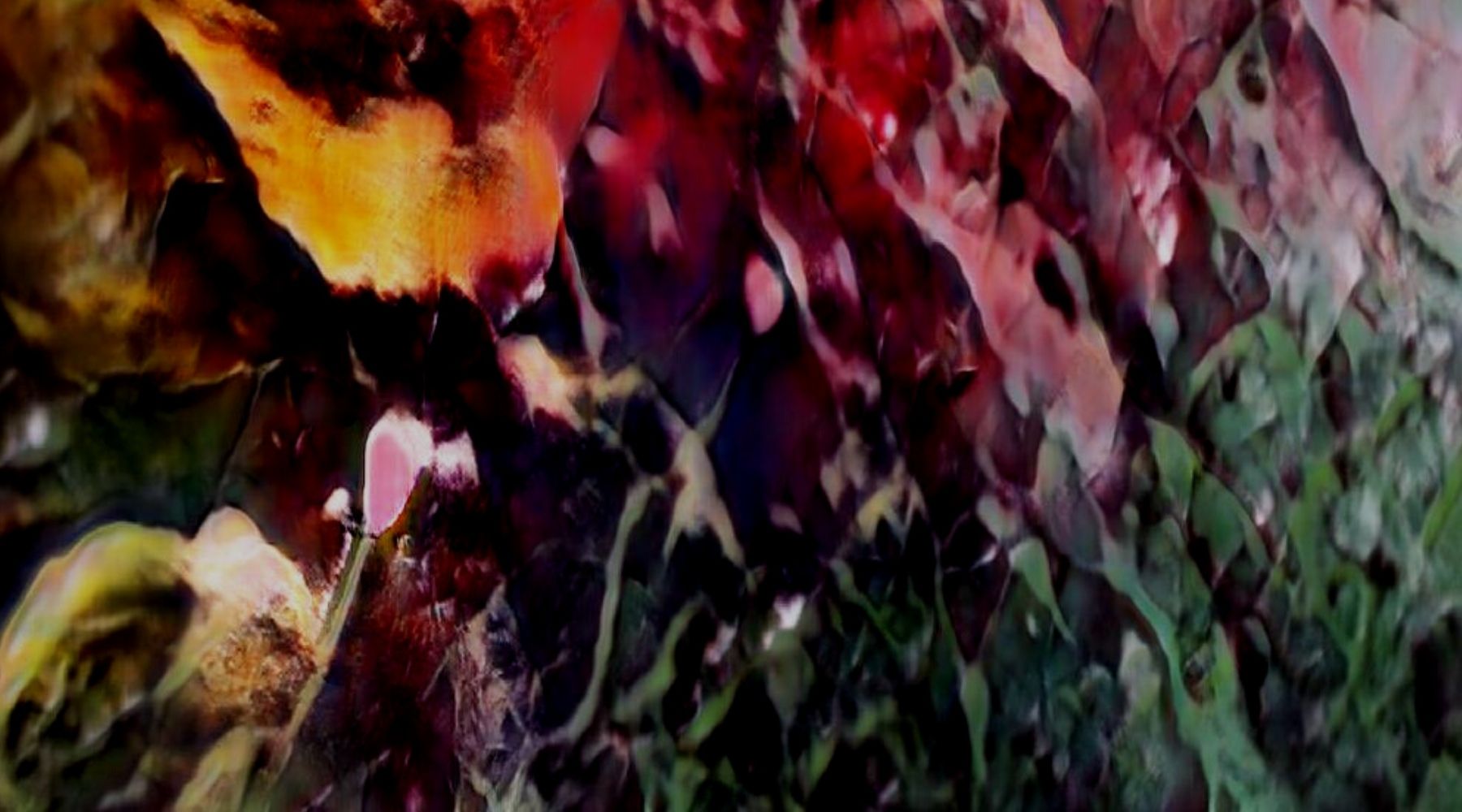
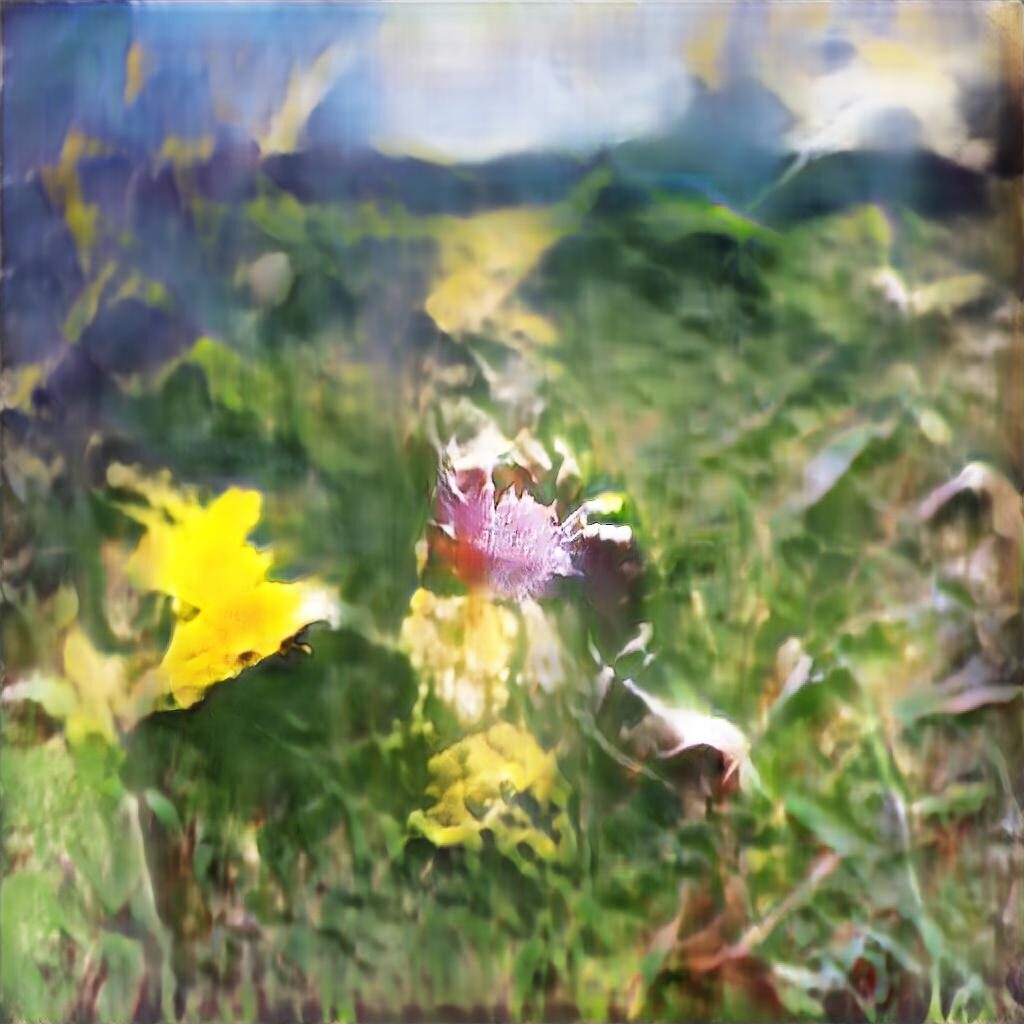
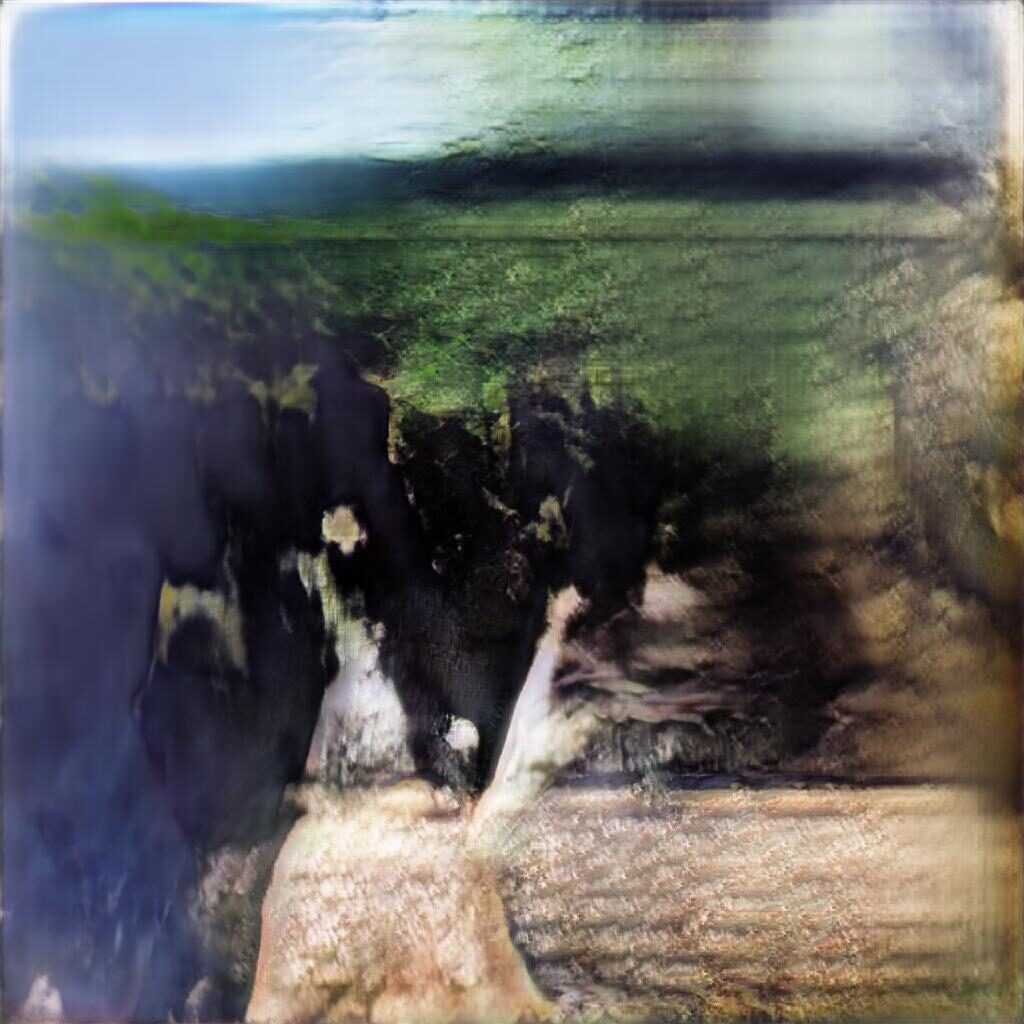
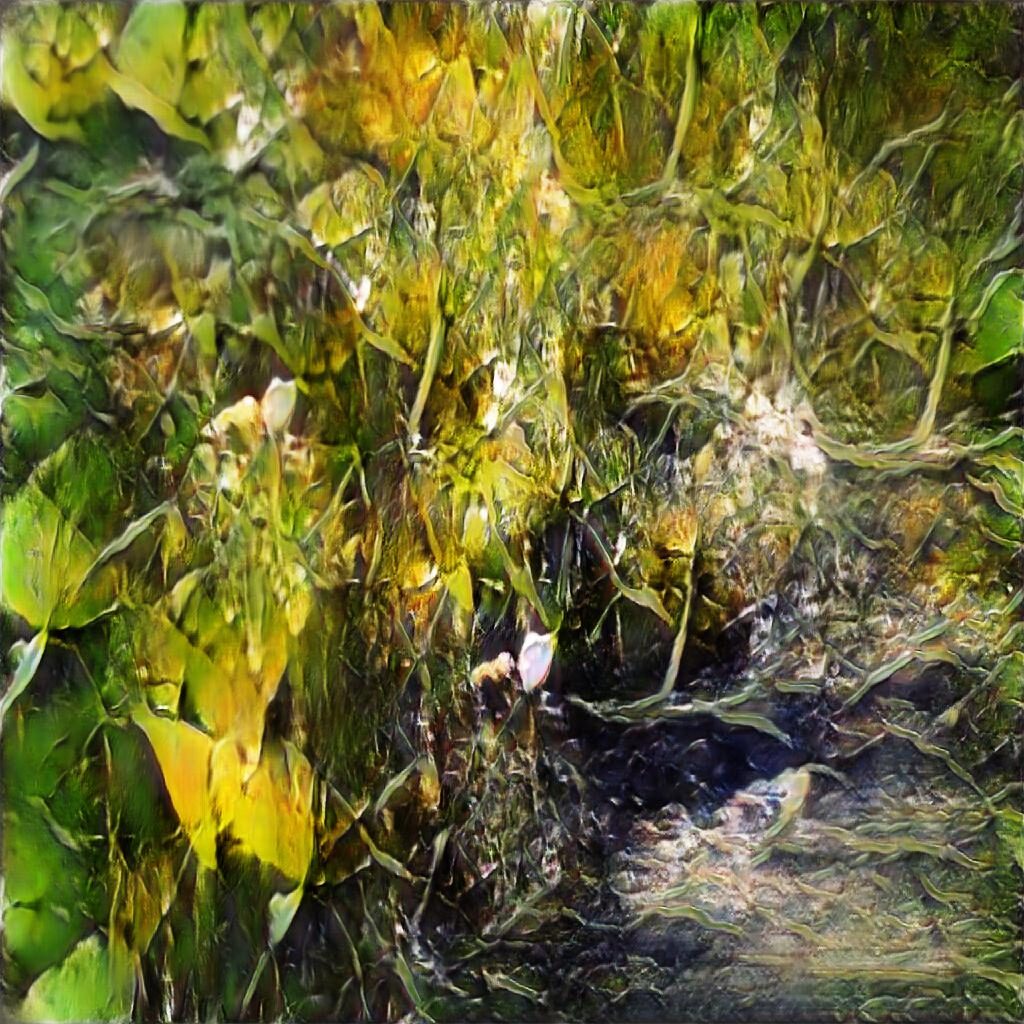
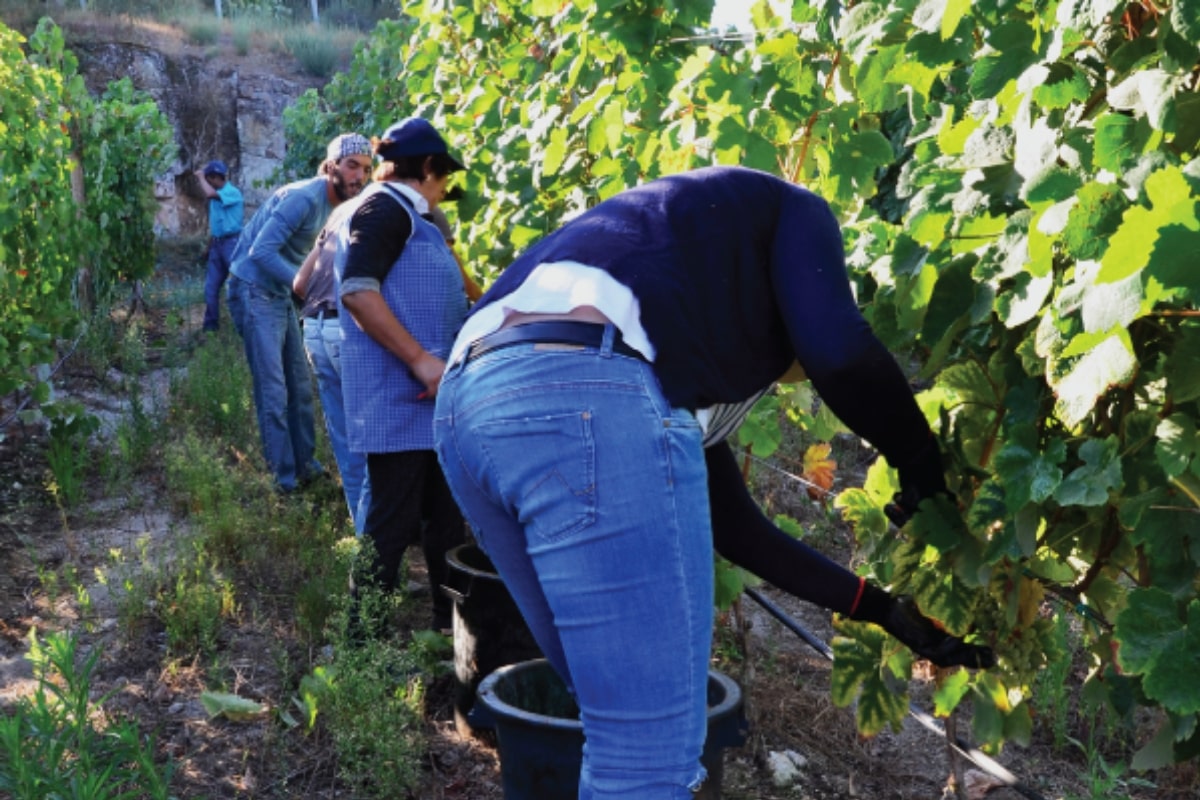
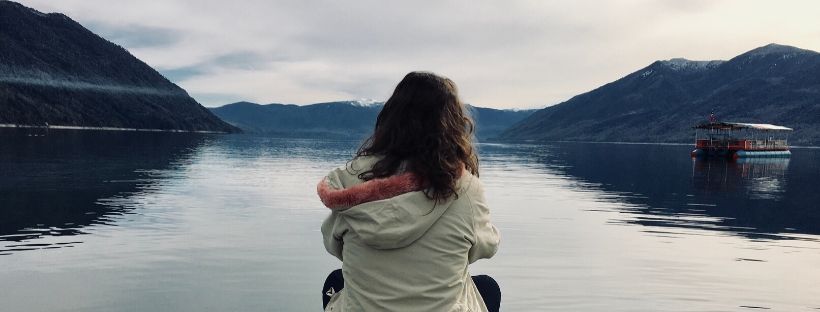
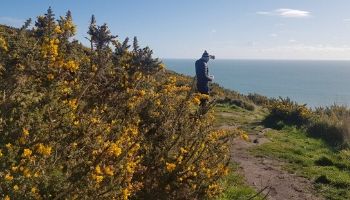
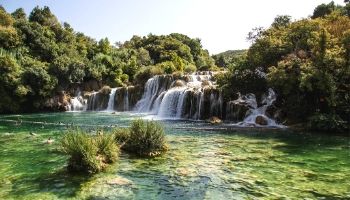 Its flowery slopes, its river’s crystal swell” John Keats
Its flowery slopes, its river’s crystal swell” John Keats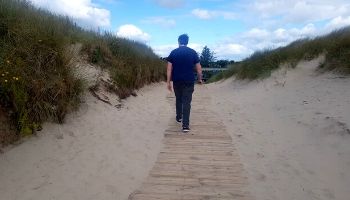 nature is alive and well. The restorative power of natural sounds is worth exploring.
nature is alive and well. The restorative power of natural sounds is worth exploring.

